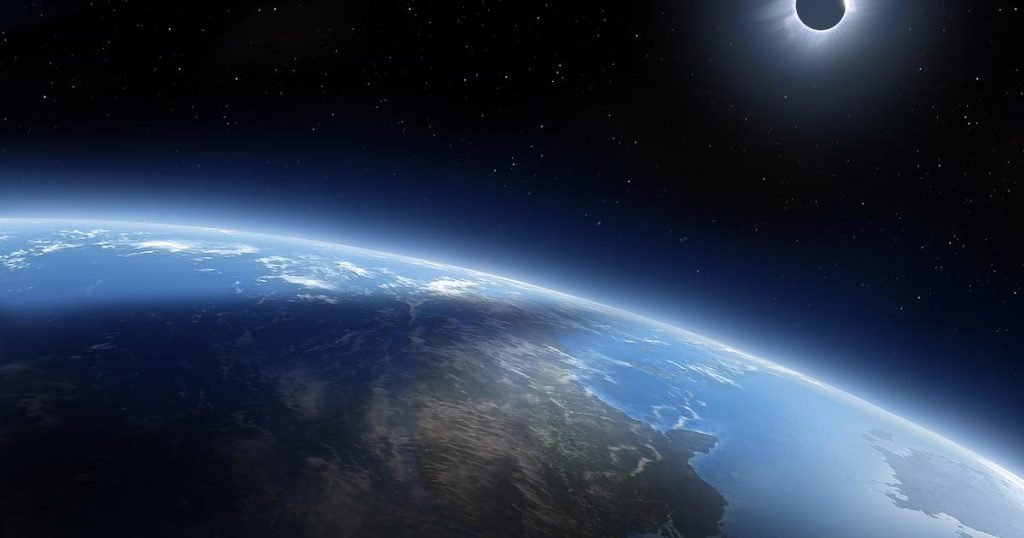Earth will briefly have a second moon this year, as a small asteroid known as 2024 PT5 is set to begin orbiting our planet in a horseshoe shape from September 29 to November 25. This asteroid was discovered in August by researchers at the Asteroid Terrestrial-impact Last Alert System, funded by NASA. The asteroid, which is a part of the Arjuna asteroid belt, will be pulled towards Earth’s gravitational pull and will orbit the planet for 56.6 days before returning to its own orbit around the sun.
While other non-Earth objects have entered Earth’s orbit before, some do not complete full revolutions around our planet. However, some do become mini-moons as a result of Earth’s gravity. For example, an asteroid called 2020 CD3 was bound to Earth for several years before leaving the planet’s orbit in 2020. Another asteroid, 2022 NX1, became a mini-moon of Earth in 1981 and 2022, and will return in 2051.2024 PT5, which is larger than some other mini-moons, will also return to Earth’s orbit in 2055. It will have negative geocentric energy, meaning it cannot escape Earth’s gravitational pull, but will eventually revert back to heliocentric energy and orbit around the sun again.
The lead author of the study, Carlos de la Fuente Marcos, explained that the mini-moon will be too small to see with amateur telescopes or binoculars, but professional astronomers with stronger tools will be able to spot it. The asteroid is expected to have its closest approach to Earth on January 9, 2025, before leaving Earth’s neighborhood until it comes back into orbit in about 30 years. CBS News reached out to Marcos for further information and is awaiting a response.
The discovery of this mini-moon highlights the complex relationship between asteroids and Earth’s gravity. While it is not uncommon for asteroids to enter Earth’s orbit, it is rare for them to become mini-moons that orbit our planet before reverting back to their own orbits around the sun. This event provides scientists with an opportunity to study the dynamics of asteroids in our solar system and how they interact with Earth’s gravitational forces.
As technology and monitoring systems improve, researchers are able to detect and track asteroids more efficiently, leading to more discoveries like the mini-moon 2024 PT5. These findings contribute to our understanding of the celestial bodies that surround our planet and help us prepare for potential future encounters with asteroids. The brief appearance of this mini-moon offers a unique and fascinating glimpse into the wonders of our solar system and the intricate dance of objects in space.


